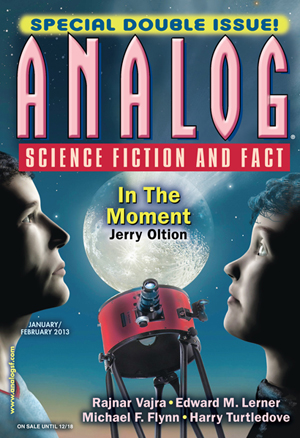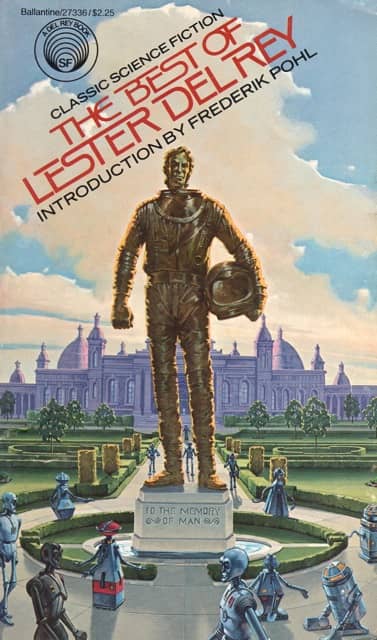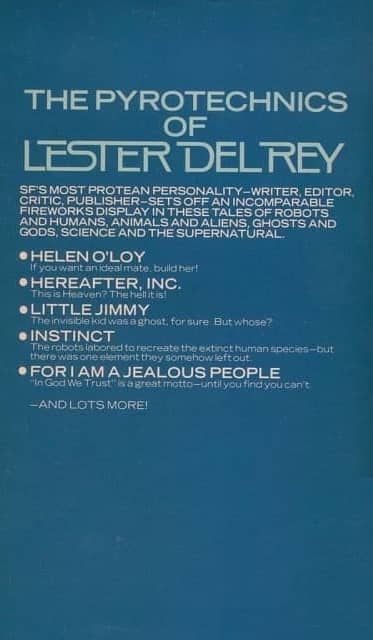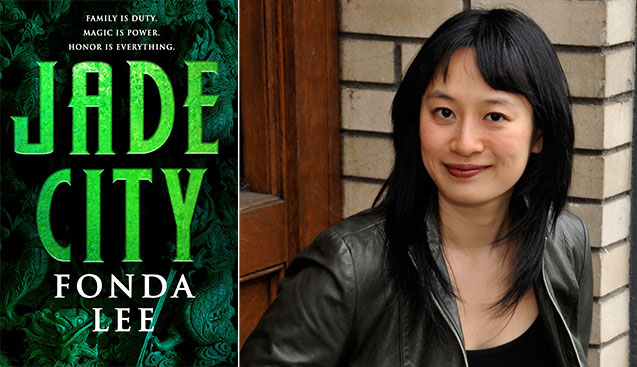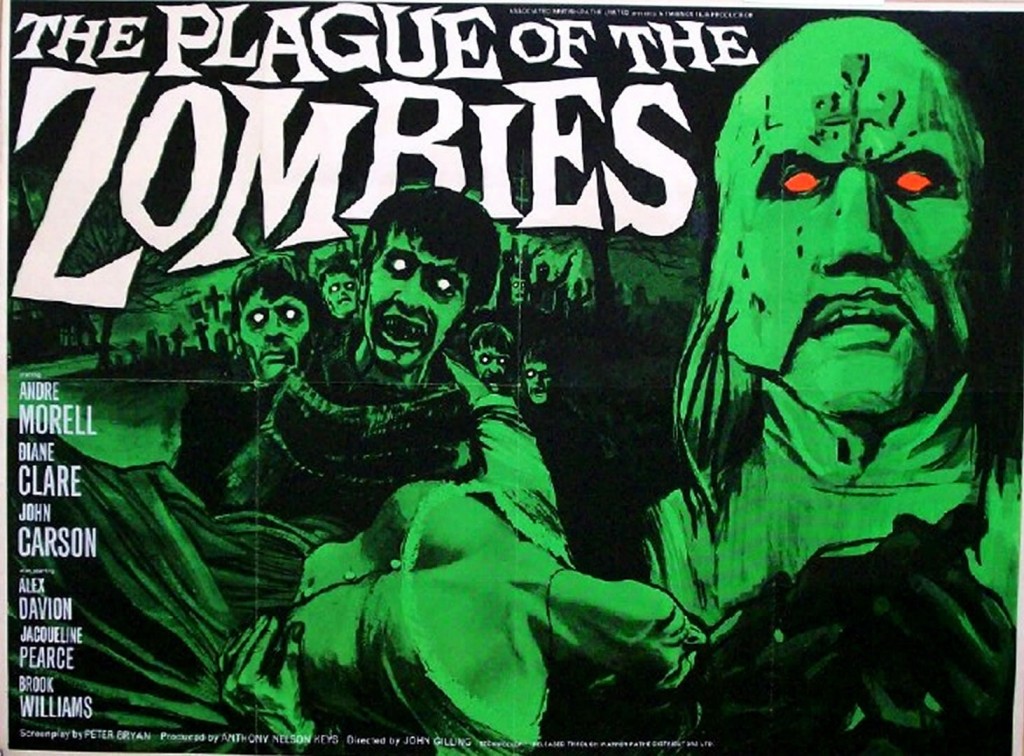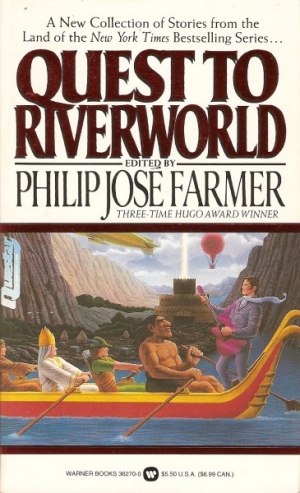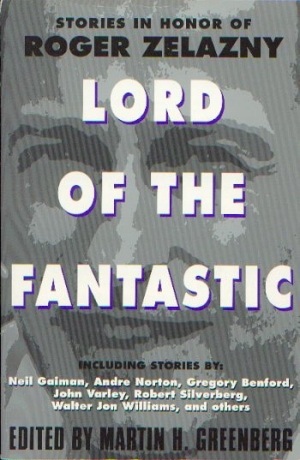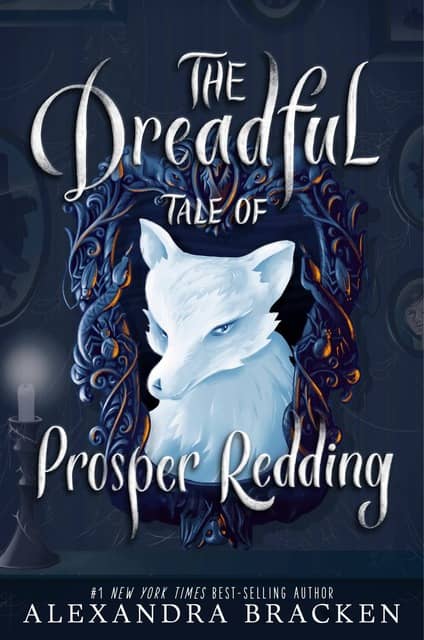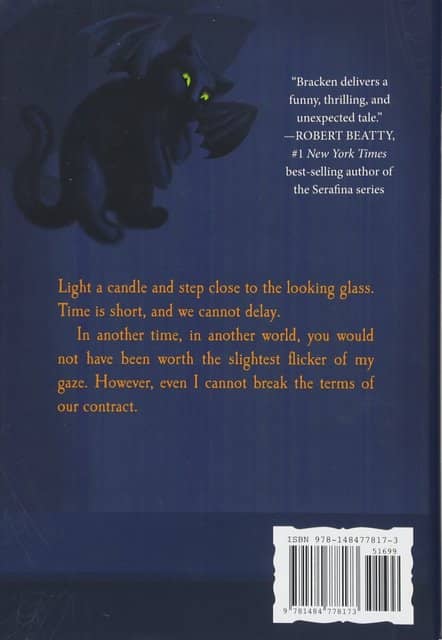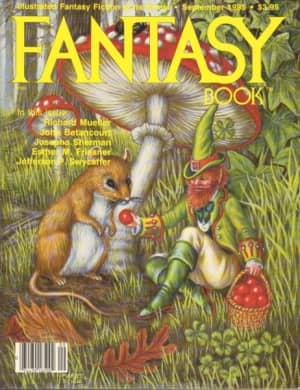Birthday Reviews: Douglas E. Winter’s “Splatter: A Cautionary Tale”

Douglas E. Winter was born on October 30, 1950.
Winter won the World Fantasy Award for Non-Professionals for his reviewing in 1986 and has won the International Horror Guild Award three times, for his stories “Black Sun” and “Loop” and for the anthology Revelations. He served as the Toastmaster for the 1986 World Fantasy Com in Providence, RI and the Master of Ceremonies for the 2003 World Fantasy Con in Washington D.C. He has collaborated with Melissa Mia Hall at least twice.
“Splatter: A Cautionary Tale” was first published as a chapbook by Footsteps Press in 1987. In June of that year, J.N. Williamson included the story in the anthology Masques II and reprinted it the following year in The Best of Masques. 1988 also saw the story reprinted in David J. Schow’s Silver Scream and Ellen Datlow and Terri Windling’s The Year’s Best Fantasy: First Annual Collection the first volume in their long-running series better known as The Year’s Best Fantasy and Horror. Barry Hoffman reprinted it in Gauntlet 1 in 1990 and Williamson again published it in the omnibus volume Dark Masques in 2012. It was translated into Italian in 1988 by Alda Carrer and in 1990, Gisela Kirst-Tinnefeld translated it into German. The story was nominated for the World Fantasy Award for Best Short Fiction in 1988.
“Splatter: A Cautionary Tale” is told in segments, with each paragraph headed with the title of a horror film. It describes the lives of three people, Cameron Blake, a woman who is crusading against the portrayal of violence in horror films, Thomas Tallis, an artist who is figuring out what the boundaries are, and Renhquist, a horror fan who may have begun to accept the violence in films a little too much. Winter uses language and arguments about horror films which are generally reserved for pornography.

